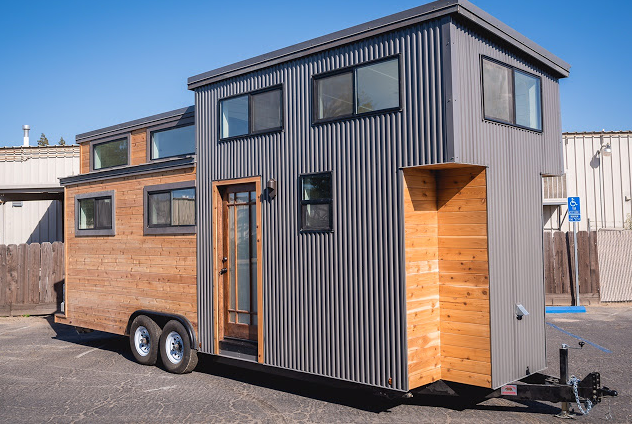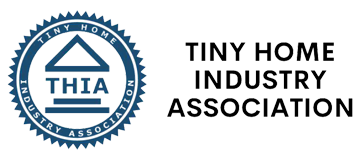ANSI A119.5 and NFPA 1192
Introduction to RV building standards commonly used for movable tiny houses
In lieu of movable tiny house specific building standards, the industry has relied on RV building standards to provide basic life, health, and fire safety provisions for safe construction for MTHs, aka tiny houses on wheels.

Common requirement for movable tiny house construction in city or county-level zoning codes:
A movable tiny house shall comply with the National Fire Protection Association 1192 Standard on Recreational Vehicles or the American National Standards Institute A119.5 Park Model Recreational Vehicle Standard. A movable tiny house shall be certified by a recognized national certification body as complying with one of these standards and a certified label shall be placed on the movable tiny house to demonstrate compliance.
Watch documentary "Living Tiny Legally: Part 1" to learn how RV standards can be used in local zoning codes for movable tiny homes
"Becoming a THIA member helped me bring tiny houses to my town. Now, I can live where I want and how I want, legally."
-Jessica B. San Jose, CA
"We entered the Tiny House on Wheels industry because we felt that this product is both of vital future importance, and also that the industry would benefit
from experienced professional construction and standards. THIA stands for exactly these things which are the reason we started building tiny homes in the first
place.
With THIA I feel confident that we are moving towards a fair and correct set of national standards, and as this is an organization that has a real purpose, not just a name and a sticker, we will be a member moving forward. It's also fantastic to have somewhere to get some feedback or secure a referral."
- Jerry Terry, Decathlon Construction
